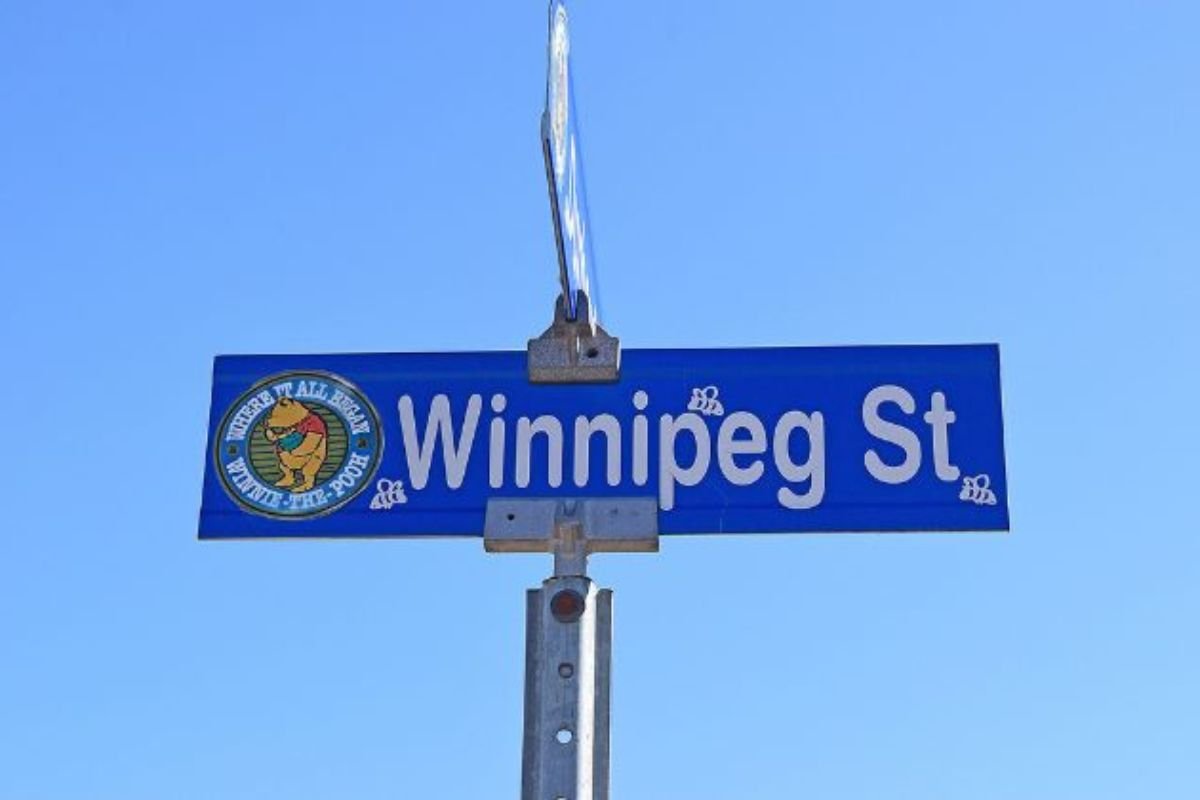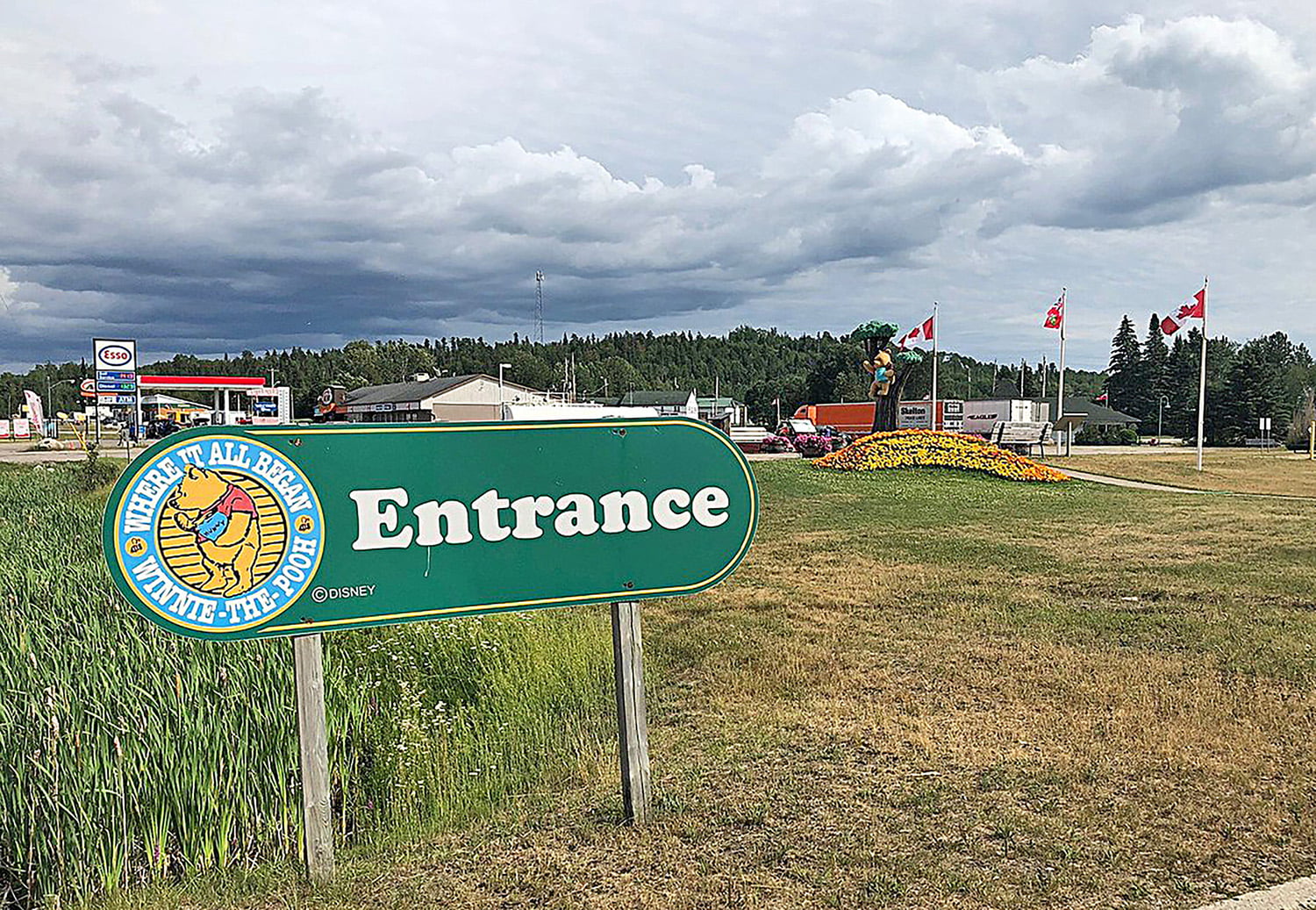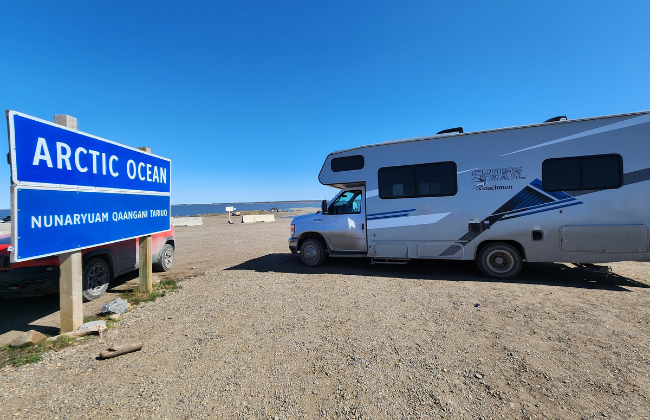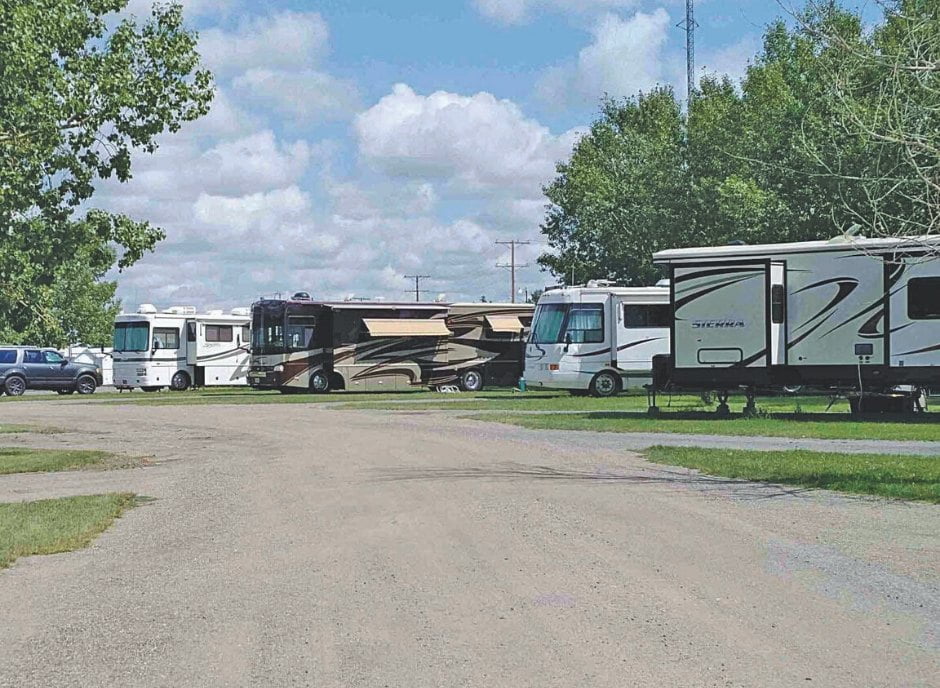Last September, we set out on an RV road trip. One of our stops was in White River, Ontario. When we arrived at our camping area, we learned we had just missed the Winnie the Pooh Hometown Festival.
Winnie the Pooh Hometown Festival
The town of White River is recognized by many as the birthplace of the black bear that inspired author A.A. Milne to write the children’s books about Winnie the Pooh.

Every year on the third weekend in August, residents and visitors wander the streets, wearing their PJs and carrying their favourite Winnie the Pooh stuffed toys. This year, the Winnie the Pooh Hometown Festival runs from August 19 -21, 2022.
White River is the Birthplace of Winnie the Pooh
One hundred years ago, White River was where all trains going east or west stopped. White River was a logging and mining camp, and fur trappers worked the woods.

On August 24, 1914, dozens of townspeople would have greeted the troop train at the White River Railway Station as it made its first stop since Port Arthur, now known as Thunder Bay. Hundreds of Canadian soldiers from Winnipeg were on their way to support England in the war.
On that day, two men met beside the rails: Lt. Harry Colebourn, a Military Veterinarian officer, and a fur trapper with a sickly black bear cub for sale.

Lt. Colebourn realized he was the only man with the skills to help the bear cub survive.
After a heated meeting between the trapper and soldiers, Lt. Colebourn purchased the bear with a $20 bill, money he could not spend in Europe.
This meeting pushed White River, Lt. Colebourn, and the bear into literary history.
They Named the Bear Winnie
Back on the train, the soldiers named the bear Winnie after their hometown. During the next few weeks, the bear responded well to the care given by Lt. Colebourn and the other soldiers.
When they reached their basecamp, Winnie was a regular on the parade ground. A popular reminder of the troop’s Canadian homes, Winnie became the unofficial Brigade mascot.
Winnie Goes to the London Zoo
For the duration of the war, Winnie stayed at the London Zoo. The gentle black bear cub had grown up around people and was instantly popular with zoo visitors.
When the war ended, Winnie was a fully grown 140kg bear who still allowed zoo visitors close contact. On his return from the war, Lt. Colebourn saw how much she enjoyed interacting with people and realized Winnie should remain at the Zoo.
A.A. Milne and His Son Visit London Zoo
In the early 1920s, one of the Zoo’s regular visitors was playwright A.A. Milne with his son Christopher Robbin. Christopher was so excited about meeting Winnie that he named his stuffed toy bear after her.
Winnie The Pooh Books Are a Success
In 1926, Christopher’s father, in conjunction with illustrator E.H Shepperd, published his first children’s book with a character he called Winnie the Pooh. A.A. Milne dedicated the book to his son Christopher Robbin.
For nearly 100 years, children worldwide have been growing up with and enjoying the adventures of Winnie the Pooh in books and movies.
We Stumbled Across a True Fairytale
We had driven to White River as part of our late summer RV road trip. The plan was to enjoy northern Ontario, wait for the trees to turn, and then drive slowly south in our RV as we watched the Fall colours.
But in White River, we found a heartwarming true fairytale. This region of Ontario is called Algoma County, the enchanted land of the Group of Seven, loons, moose, beaver, and a bear named Winnie.
Where to Camp in White River
Plan a trip to Algoma County to celebrate the 34th annual Winnie the Pooh Hometown Festival. For festival ideas and camping details, make sure you follow the event on Facebook.

White River’s Winnie the Pooh Park has several dry camping sites with water and a dump station available. Make sure you call the information centre for confirmation in June, July, and August.

With several transient sites, Wawa RV Park and Campground is another place to stay.




